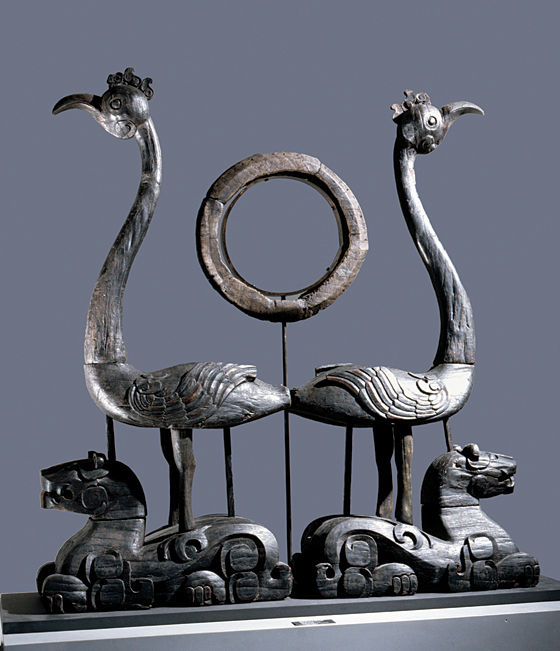A History of World Societies:
Printed Page 110
A History of World Societies Value
Edition: Printed Page 108
Yin and Yang
Confucians, Daoists, and Legalists had the greatest long-

A key idea developed by the natural philosophers was the concept of yin and yang, first described in the divination manual called the Book of Changes (ca. 900 B.C.E.), and developed into much more elaborate theories by late Zhou theorists. Yin is the feminine, dark, receptive, yielding, negative, and weak; yang is the masculine, bright, assertive, creative, positive, and strong. Yin and yang are complementary poles rather than distinct entities or opposing forces. The movement of yin and yang accounts for the transition from day to night and from summer to winter. These models based on observation of nature were extended to explain not only phenomena we might classify as natural, such as illness, storms, and earthquakes, but also social phenomena, such as the rise and fall of states and conflict in families. In all these realms, unwanted things happen when the balance between yin and yang gets disturbed.
In recent decades archaeologists have further complicated our understanding of early Chinese thought by unearthing records of the popular religion of the time — astrological manuals, handbooks of lucky and unlucky days, medical prescriptions, exercises, and ghost stories. The tomb of an official who died in 316 B.C.E., for example, has records of divinations showing that illness was seen as the result of unsatisfied spirits or malevolent demons, best dealt with through performing exorcisms or offering sacrifices to the astral god Taiyi (Grand One).